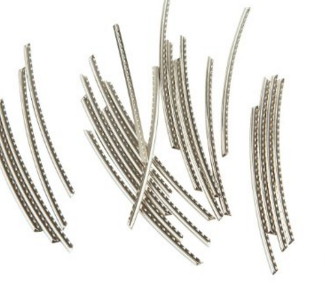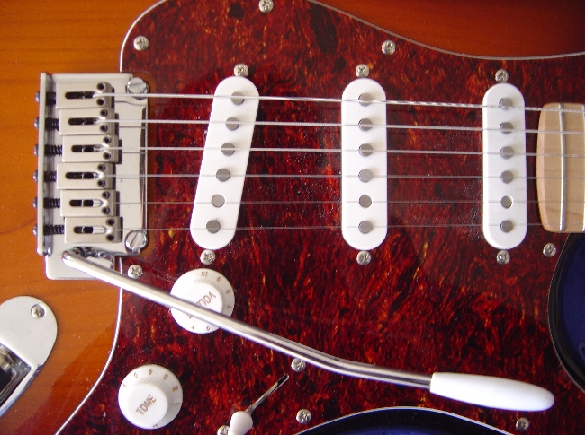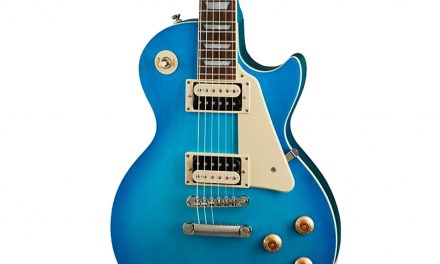If you’re interested in doing fretwork, this quickie post will hopefully save you a few tears and headaches.
Rosewood vs Maple Fretboards
Rosewood fretboards are easier to do refrets on for two reasons:
- Rosewood is a dark wood, so when you end up having some wood chips missing, you can use a combination of rosewood wood dust and superglue to fill those areas. If you do it well enough, no one will notice. Maple is a lighter wood, and any repairs you do will be more easily noticeable.
- Rosewood fretboards don’t have any coating on them, aside from whatever you use to clean the board (lemon oil, etc.) Maple boards have a coating of finish on them. This is one more thing to have to deal with when pulling frets. More importantly, if you want to use a radius block and even out the fretboard, you’ll need to plan on retreating the fretboard with some type of sealer/finish, and that’s a major pain.
Binding
Binding doesn’t impact doing a typical level/crown, but if you have to refret a guitar, binding can be a nightmare. If the existing frets go under the binding, you may need to redo the binding in the event of a refret. Doing binding is difficult if you’ve never done it before and don’t have the proper tools. If the existing frets go on top of the binding you’re in a little better shape. But when you cut new frets, you can to grind the fret ends flat in order to sit on top of the binding, and if you don’t do it right, the frets won’t sit level. It’s a pain in the ass.
Scale
Doesn’t matter.
Summary
IF you want to get into the habit of doing your own fretwork on your own guitars, you want want to consider rosewood fretboards with no binding. If you do want to mess with maple fretboards and binding, it’s not a bad idea to go used Epiphone or Squier on those. You won’t feel as bad when you screw up.





